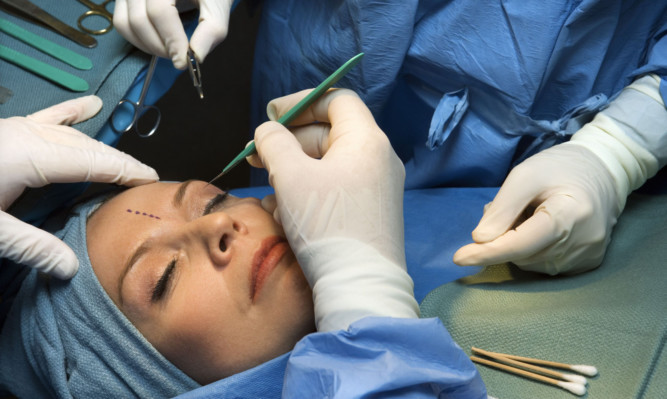Around one in five Scots have either had a private cosmetic procedure or have thought about having one, according to new research.
A report for the Scottish Government shows 4% of the adult population have had a procedure, with the most common being cosmetic dentistry.
It found a further 16% of people have thought about having one, with 7% having considered it very or somewhat seriously.
More than one-fifth of women said they have thought about having a procedure, compared with 9% of men.
Meanwhile, more than a quarter of those who have undergone a private cosmetic procedure in their lifetime report that they had at least one health problem within the first month. The most common problems experienced were slow healing, bleeding and infection.
The report, which is based on a survey of 1,980 Scottish adults, found around two-thirds of people disagree that it is acceptable for the NHS to cover the cost of caring for someone whose private cosmetic procedure has gone wrong.
Nearly one quarter report that they have at least a fair amount of confidence in the treatment provided by both the surgical and non-surgical cosmetic procedures industries, while around two in five people believe the cosmetic surgery and cosmetic dentistry industries are “regulated”.
Around one in 10 believe the non-surgical cosmetic procedures industry is also regulated.
The report comes amid calls for tougher regulations around surgical and non-surgical procedures in the wake of the Poly Implant Prothese (PIP) breast implants scandal.
The implants, made from unauthorised silicone filler, had double the rupture rate of other implants.
Demands include that all surgeons performing cosmetic surgery be qualified in the operations they offer.
Doctors have also called for regulations to be brought in for non-surgical procedures such as injectable fillers.
The survey will be used to inform the development of Government policy on cosmetic interventions.
